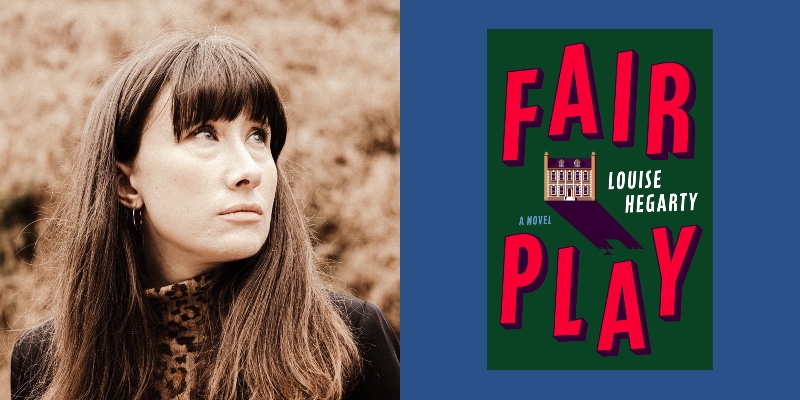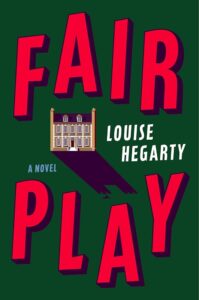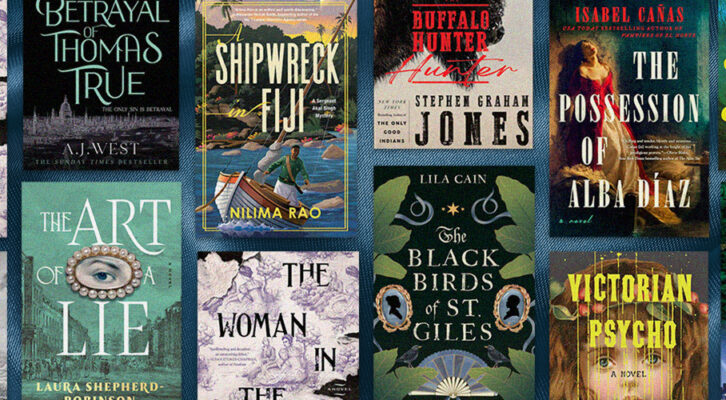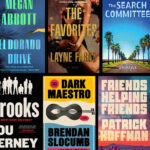As human beings, we use narratives to make sense of the world around us, even when very little does make sense. We tell ourselves stories in order to both comfort and entertain. And time and time again, we find that we turn to detective fiction during times of upheaval.
During dark times, people tend to seek out escapist forms of entertainment to distract themselves from what is going on in the wider world. After the First World War, people increasingly turned to games like bridge, mahjong and crossword puzzles and this “play fever” quickly transferred to detective novels. Murder mystery writers began to write books that were puzzles to be solved and that complied with the fair play doctrine – the concept that the reader should have a fair chance to solve the mystery before the grand reveal. The trick was to provide the reader with enough clues so that they could have, as TS Eliot put it “a sporting chance to solve the mystery”. Detective novels from the Golden Age, and their authors, were concerned with a fairness that doesn’t exist in the real world. Life is so much simpler in a whodunnit where everyone knows their role and where the story – while it may be new and exciting – will always feel ultimately familiar and comforting. Detective novels come with solutions, conclusions, a person you can point a finger at. There will always be someone to blame. Someone to haul off to the scaffold. As George Grella writes in his essay Murder and Manners: The Formal Detective Novel, “Once the murderer leaves, the world of the novel begins to approach its former peacefulness…cleansed of guilt, free of complication and obstacles, recreated anew from the shambles of a temporary disorder…the happy and orderly end toward which the detective has been working.” But of course, real life isn’t like that. It might be tempting to view everything in life as a mystery that needs to be solved. And indeed, tempting to believe that everything has a clear and single explanation. We like puzzles because there is always a solution. We like detective stories because we know that in the end there will be a satisfying reveal: a simple narrative that allows everything to make sense.
During the Golden Age period, murder mystery-style party games like Wink Murder and Murder in the Dark became very popular. This gamification of death took the power, the sting, out of a terrible tragedy and emphasised that of course none of this was actually real – it was in fact just a game. The perfect antidote for a public dealing with the aftermath of World War One. More recently, during our own unsettled times, we have seen the success of crime logic gamebooks like GT Karber’s Murdle series, the popularity of escape rooms and the boon in jigsaw puzzle sales during the pandemic.
In 1944, the American literary critic Edmund Wilson wrote a piece in The New Yorker entitled “Why do People Read Detective Stories?” His conclusion was that the popularity of detective fiction in the years between the World Wars was down to an “all-pervasive feeling of guilt and by a fear of impending disaster which it seemed hopeless to try to avert because it never seemed conclusively possible to pin down the responsibility. Who had committed the original crime and who was going to commit the next one?…Nobody seems guiltless, nobody seems safe; and then, suddenly, the murderer is spotted, and—relief!—he is not, after all, a person like you or me. He is a villain—known to the trade as George Gruesome—and he has been caught by an infallible Power, the supercilious and omniscient detective, who knows exactly how to fix the guilt.”
More recently, people have flocked once again to detective fiction – especially Golden Age-style novels. In July 2020, as bookshops in the UK were reopening, The Guardian reported that nearly 120,000 more crime and thriller books were bought in the last two weeks of June 2020 than compared to the same point the previous year. Crime was, during this period, the UK’s most popular book genre. In 2023, the Crime Writers’ Association announced the addition of a Whodunnit Dagger to their awards for classic or ‘cosy crime’ novels, another sign of their increasing prevalence. And The British Library’s series of Crime Classics have continued to sell well with Mystery in White by J. Jefferson Farjeon became a number one bestseller for Waterstone’s.
In my novel Fair Play, I use the fair play rules together with the familiar structure of a Golden Age detective novel – with its murder, its suspects, its Watson and its reveal – to explore the emotions around grief. In the aftermath of her brother’s sudden death, the main character Abigail dips between real life and the imaginary world of the detective novel. In both worlds she is looking for answers – for clues – to understand her circumstances. The murder mystery provides her with a familiar pathway amidst the unpredictability of real life and also much-needed comfort in her time of grief. In a detective novel, we know that as each chapter goes by, we are getting closer and closer to a conclusion – to the answer we have been searching for. Or at least that is what Abigail is hoping.
As Dorothy L Sayers writes in her book Begin Here, published during the Second World War: “We are lost and unhappy in a universe that seems to make no sense, and cling to science and machines and detective fiction, just because, within their limited fields, the problems do work out, and the end corresponds to the intention.”
***


















